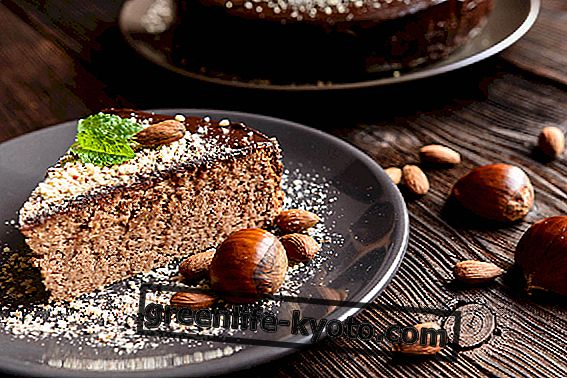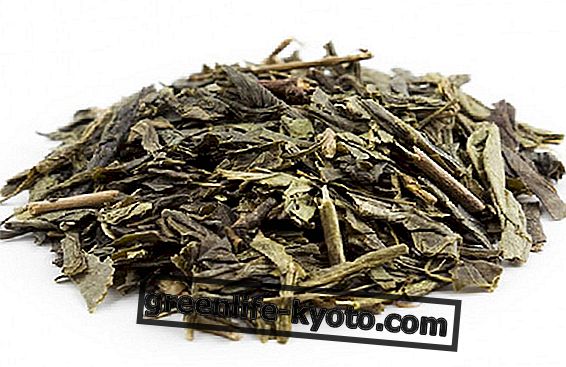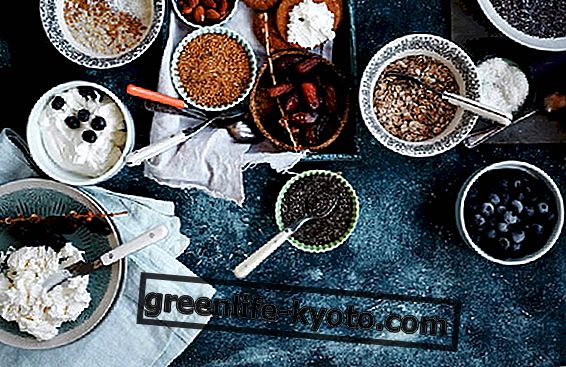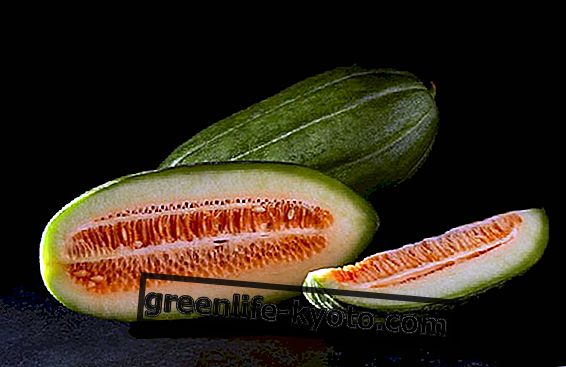
Have you ever thought about growing soy ? I'm not talking to those who do the farming by trade, but if you happen to have a garden, why not think of growing soy for example?
Which seeds, which soil, which periods are the best? For amateurs who want to try their hand at this activity, here are some ideas for dealing with a small piece of land and trying to produce soy.
How to grow soy: which seeds?
Soybean plants can grow up to 6 meters high, depending on the environment and the soil. The fruit or edible part grows up to two centimeters in length in the form of pods that are harvested in late summer .
The flowers are small and inconspicuous, and have a purple, pink or white color.
Is there only one soy? Mistake! There are many varieties of soybean plants, understood as yellow soy, or belonging to the botanical species Glycine max .
We will deal with those that can be grown in Italy. The best solution is to buy the seeds best suited to the climatic conditions of your environment . From the professional point of view, the "medium-late" varieties are those with greater productivity.
The terms early and late refer to the "average" ripening period which is late summer, in the reference area of northern Italy.
Here are some varieties of seeds with their relative ripening period:
> early varieties, examples: Eiko, Ascasubi, Bahia, Nikko;
> medium-late varieties, examples: Buenos, Adonai, Celina PZO, PR92B63, Demetra, Hiroko, Blancas, Atlantic, Dekabig .
We always give preference to non- genetically modified seeds (GMOs).
Attention: the so-called green soybean is not a soybean variety, but a botanical species in its own right . Green soy, or "Mung bean" is a legume that belongs to the species Vigna radiata and is used to produce those that we find in stores like bean sprouts .
How to grow soy: in agriculture
Let's take inspiration from the rules of agriculture to understand how to grow soybeans, in Italy, perhaps in our vegetable garden.
Soy is grown in places where in the summer 30 degrees are reached or with a summer average between 30 and 40 degrees, with a high natural water supply therefore especially in northern Italy, since soybean crops need so much water that if the natural water supply is not used (as happens in Northern Italy) the costs for irrigation interventions would far exceed the revenues.
Growing soy in Italy is still profitable because:
> It has low production costs ;
> soy preserves a high market value .
Growing soy, some rules
Some indications are important for the cultivation of soy:
> Rotation : the soy follows and well precedes any crop with the exception of colza and sunflower (united to the soybean from having the same parasites). It is good that soy is inserted between corn and wheat or between two wheat crops rather than between two corn.
> Soil : avoid excessively calcareous soils, because they cause iron chlorosis which reduces the growth of the crop.
> Sowing : in the soil there must be 10 degrees of stability . The seed should be placed at a depth of 2-4 cm.
> Inoculation : it is essential to provide the specific bacterium that fixes the nitrogen, by inoculation of the seed, with liquid or pasty inocula mixed with the seed and small amounts of water.
> The root nodules : they are of a brick-red interior color, they are the second main supply route for nitrogen, essential for plant growth. A soybean culture is well "nodulated" when there are at least 30 active nodules on the root. If there are no radical nodules, substitute nitrogen must be added as a mineral fertilizer, otherwise nitrogen should not be given.
> Irrigation : it is essential to obtain satisfactory productions.
> Weed control : it should be done systematically, especially as a preventive measure.
How to grow soy: in my garden
If you are fond of vegetables and you have one you could try growing soy. Of course, ask specific information to agricultural professionals.
Let's briefly see the basic principles for growing soy in the garden :
> Where: soy plants can be grown both in the garden and in an embankment .
> When: the seeds are planted in late spring . Ensure that the implant location receives at least six hours of direct sunlight every day.
> Sowing : prepare the soil with a couple of centimeters of organic compost, use one and mix it to make it more fertile. Plant the seeds by placing them in a row at about two centimeters deep, leaving at least 4-5 centimeters between one and the other, to allow the plant to grow. After sowing the soil is compacted, eliminating any air pockets.
> The waterings : they must have a weekly frequency, but in the case of excessive drought, even two per week, giving the soil time to dry out between one watering and another.
> Care: to avoid fungal diseases it is better not to spray water on the leaves, you will avoid water stagnation creating a fertile soil for the mushrooms. During garden maintenance operations, soya needs fertilizing once a year, with a suitable material.
> Harvest: you can collect the edible seeds during the late summer, when the pods are completely grown, before they take on a yellowish color. After harvesting, store the seeds in a cool, dry place until you have to use them.













